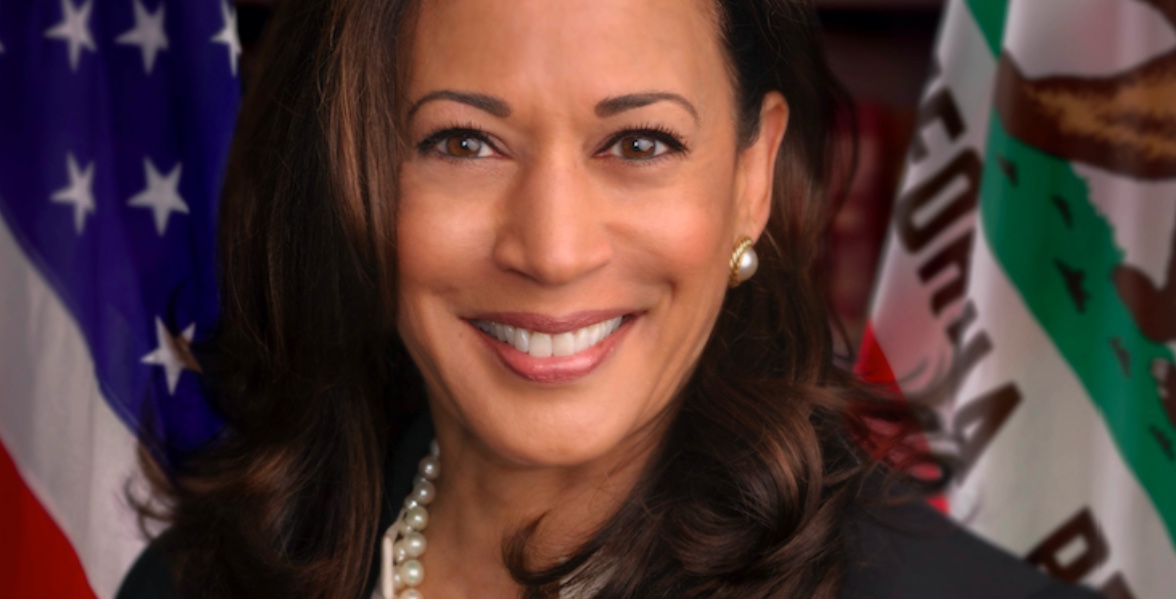Bright lime green, simple font, Charli XCX’s hit album “Brat” is everywhere these days. It’s even put its stamp on Democratic presidential candidate and current U.S. vice president Kamala Harris’ social media accounts.
“Brat” is a dance-pop album defined by a gritty authenticity, capturing the vulnerability of the cool-girl aesthetic.
But it’s more than the music. Charli herself says Brat is “that girl who is a little messy and likes to party … maybe says dumb things sometimes … who feels herself but maybe also has a breakdown but parties through it … is very honest, very blunt, a little bit volatile.”
The connection between Harris’ campaign and XCX’s album was made on July 21, when the pop superstar tweeted “kamala IS Brat.” This came amid a flood of memes remixing Harris’ iconic “coconut tree” quote with various hits from the album.
How did a pop album go from its niche on the internet to the White House? Experts attribute its exponential growth to Gen Z and the trending power of social media.
“You’re dealing with a generational trend here,” said Andrew Selepak, associate instructional professor in the Department of Media Production, Management, and Technology at the University of Florida. He specializes in pop culture and social media.
“We’re in a new era of music, where it’s not about album sales, it’s not necessarily about streaming an entire album, it’s songs off of the album that are more or less picked by the streaming service itself unless you specifically request a song.”
Brat is ‘that girl who is a little messy and likes to party … maybe says dumb things sometimes … who feels herself but maybe also has a breakdown but parties through it … is very honest, very blunt, a little bit volatile.’
Charli XCX, pop singer
Selepak said this trend differs from the music consumption habits of Harris’s generation. He highlighted the generational divide that both the Brat phenomenon and the American presidential election capture.
“You have somebody who is from the Silent Generation, with Joe Biden, stepping down, and putting his support behind and the Democrats putting their support behind a candidate who is a different generation herself, going from silent generation to Boomer.”
He noted the Biden campaign’s lack of support from many Gen Z voters. Selepak said now that they have a younger candidate, Democrats may get more attention from the country’s youngest voters, specially when combined with her social media fame, or “meme-ification.”
“We know that there was a problem for the Biden campaign in terms of there was a lot of younger people, again, that sort of Gen Z demographic, who had been kind of turned off from the Biden campaign, saying, ‘he is too old.’”
Selepak said this is significant for Democrats.
“Traditionally, younger people are often the least likely to go vote. So finding something to energize them, to get them to go out and vote, is important for a Democratic candidate.”
Anna McWebb is a PhD student in the department of English language and literature at the University of Waterloo. Her work focuses on political action in digital media and queer memeification, and she also said the “Brat” trend looks good for the Democratic party’s popularity among Gen Z voters.
“It matters what branding and what social media phenomena are being used for political campaigns, because this is how people, particularly Gen Z, are relating to contemporary politics.”
McWebb said Charli XCX’s tweet endorsing Harris proves this notion.
“It’s a very powerful cultural endorsement to have “Brat” be a part of this political movement.”
She noted, however, that Harris’ personification of “Brat” is metaphorical to a certain extent.
“I think the essence of “Brat” is not necessarily about defining a person as brat, but it is about being both politically active, provocative, and vulnerable which is a quality that the younger demographic hope to see in Harris’ political campaign going forward.”
She echoed Selepak that the slime-green trend is an engaging tie to the election for young people.
“The “bratification” of Kamala Harris has fuelled what feels like grassroots enthusiasm for her bid,” said McWebb.
Although Selepak said the trend was helpful in connecting the Gen Z voter demographic to the Democratic campaign, he’s not confident it will have any lasting power come November. He said it is a matter of how long it will take for the “Brat” trend to lose popularity.
Memes evolve quickly, he says. “Once it becomes mainstream, it’s no longer cool.”
McWebb says online trends don’t necessarily “die,” but evolve and change over time as they become interwoven with other trends.
But Selepak also said that social media messaging can be more useful than traditional campaign methods.
“It’s much cheaper than traditional messaging. It’s much more targeted than traditional media: newspapers, magazines, radio, television. Because it’s something you can measure the impact of social media advertising, social media marketing much more than you can measure the impact or the engagement or the effectiveness of social media compared to traditional media.”
For example the amount of likes, comments and shares on Instagram posts offer specific metrics which can be useful for campaigns to see what message works.
In this instance, Harris’ campaign is following the trend and incorporating it into its brand, as seen with her own bright green X rebranding.
The “Brat” trend was an easy way for Harris to connect with pop culture, said McWebb. It’s simple structure makes it easy to customize.
“It can be creatively woven into other templates and to other creative memetic expressions,” she said.
McWebb said the “Brat” trend only expanded into the political realm after already being a thriving cultural phenomenon.
“It was well established. Gen Z was using “Brat” for TikTok dances, for branding and aesthetics.”
Internet culture had set a precedent for the “Brat” trend, explained McWebb. Assigning themes to summers, like “Barbie summer” last year, set the stage for the “Brat summer” of 2024.
“Naturally it inherits from these previous movements.”
McWebb said the “Brat” trend resonates so deeply with Gen Z because of its reliability and relevance to other trends.
She linked the album to rave culture, dance culture and queer culture, all of which were already a part of Charli XCX’s general brand.
“Her brand has always been tied to web and internet culture,” said McWebb. “She [Charli XCX] has stipulated that it can be as luxurious as it can be trashy.”




